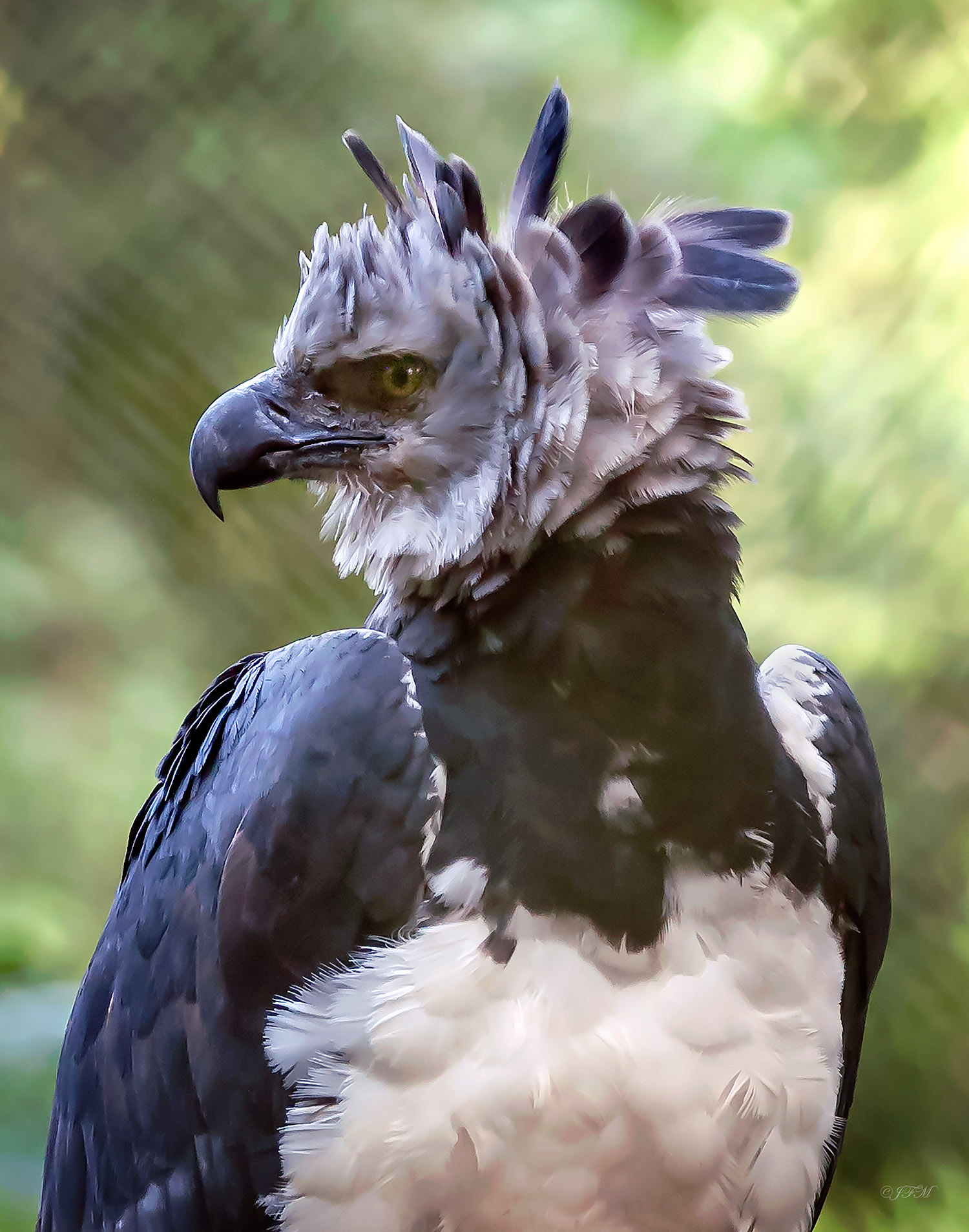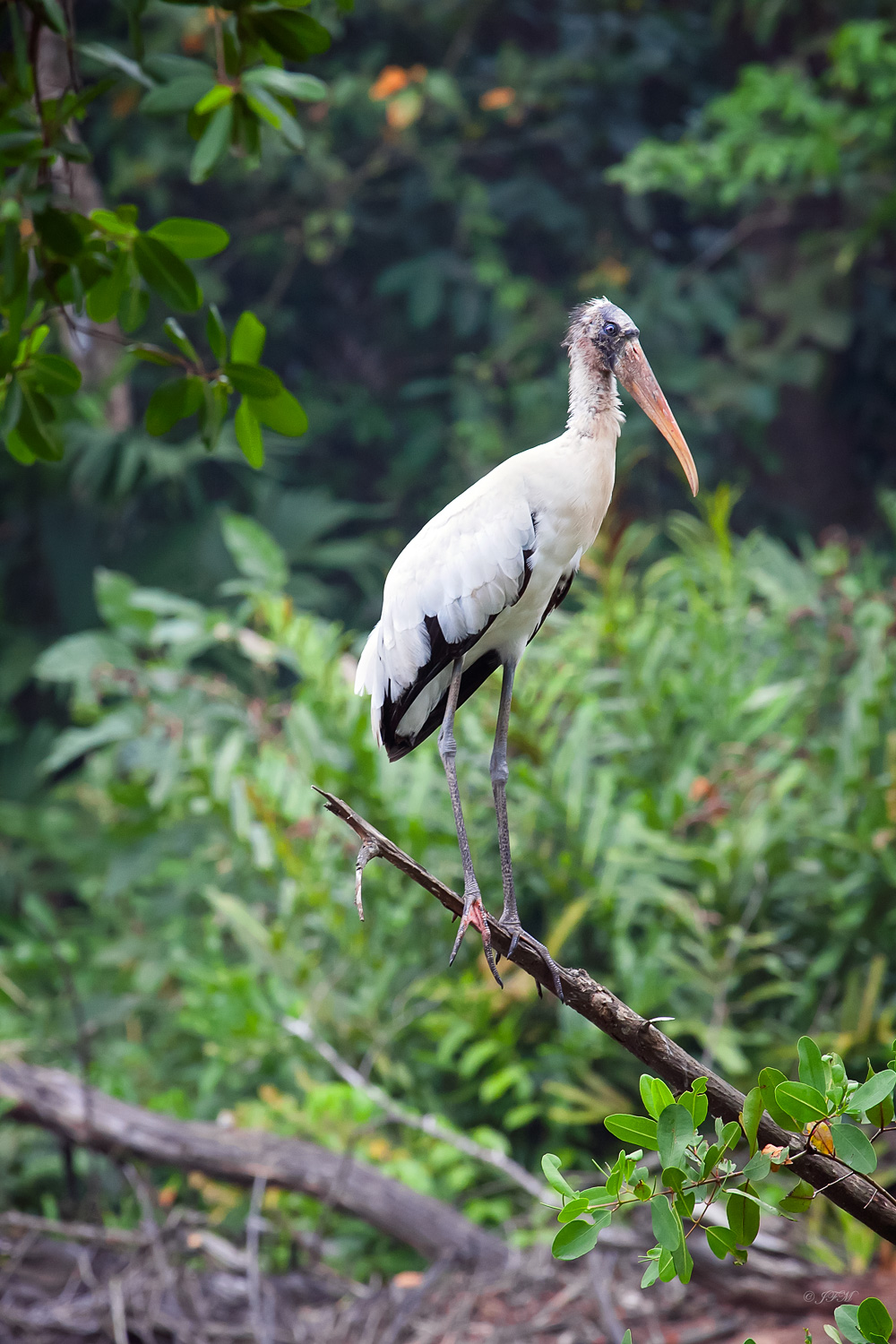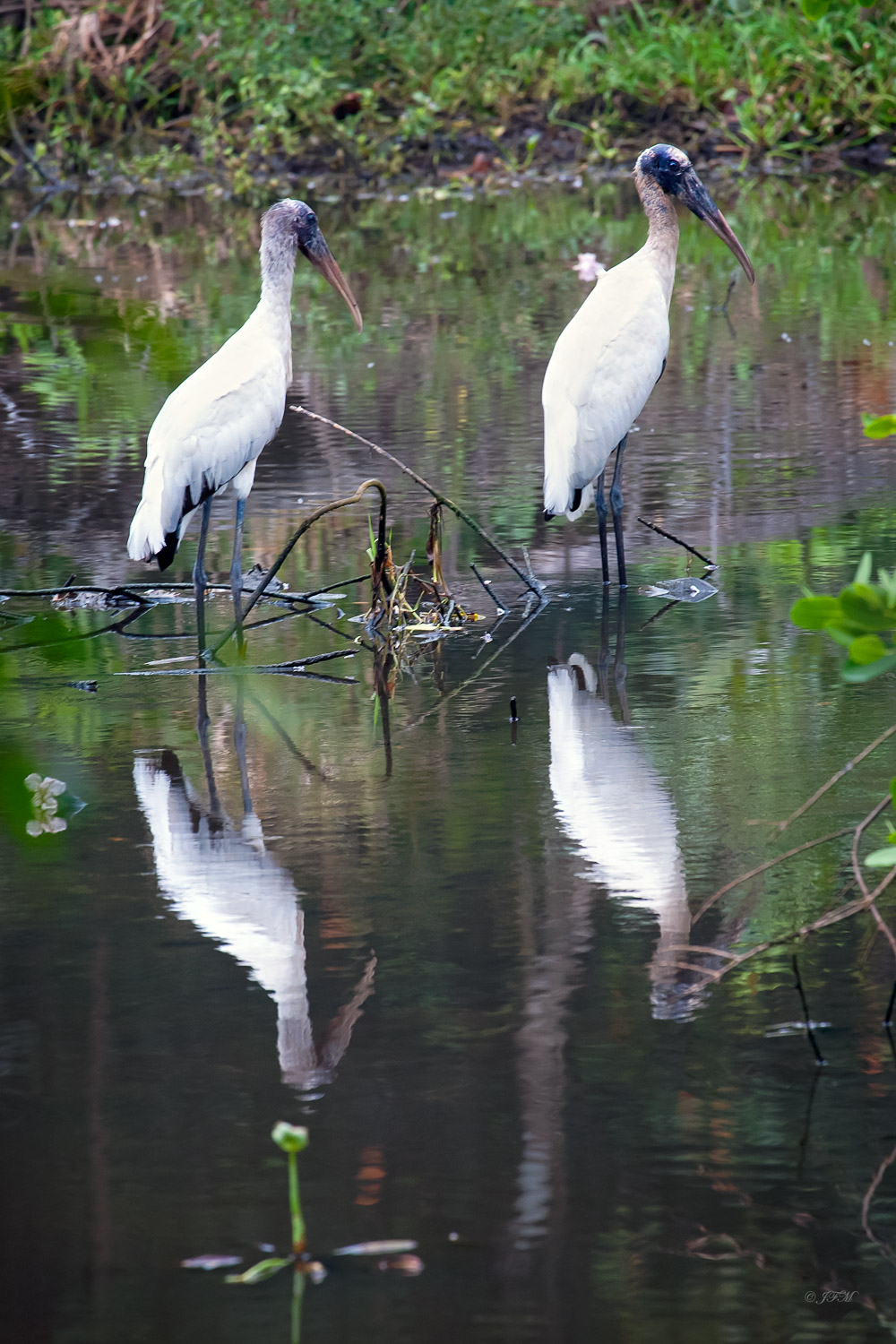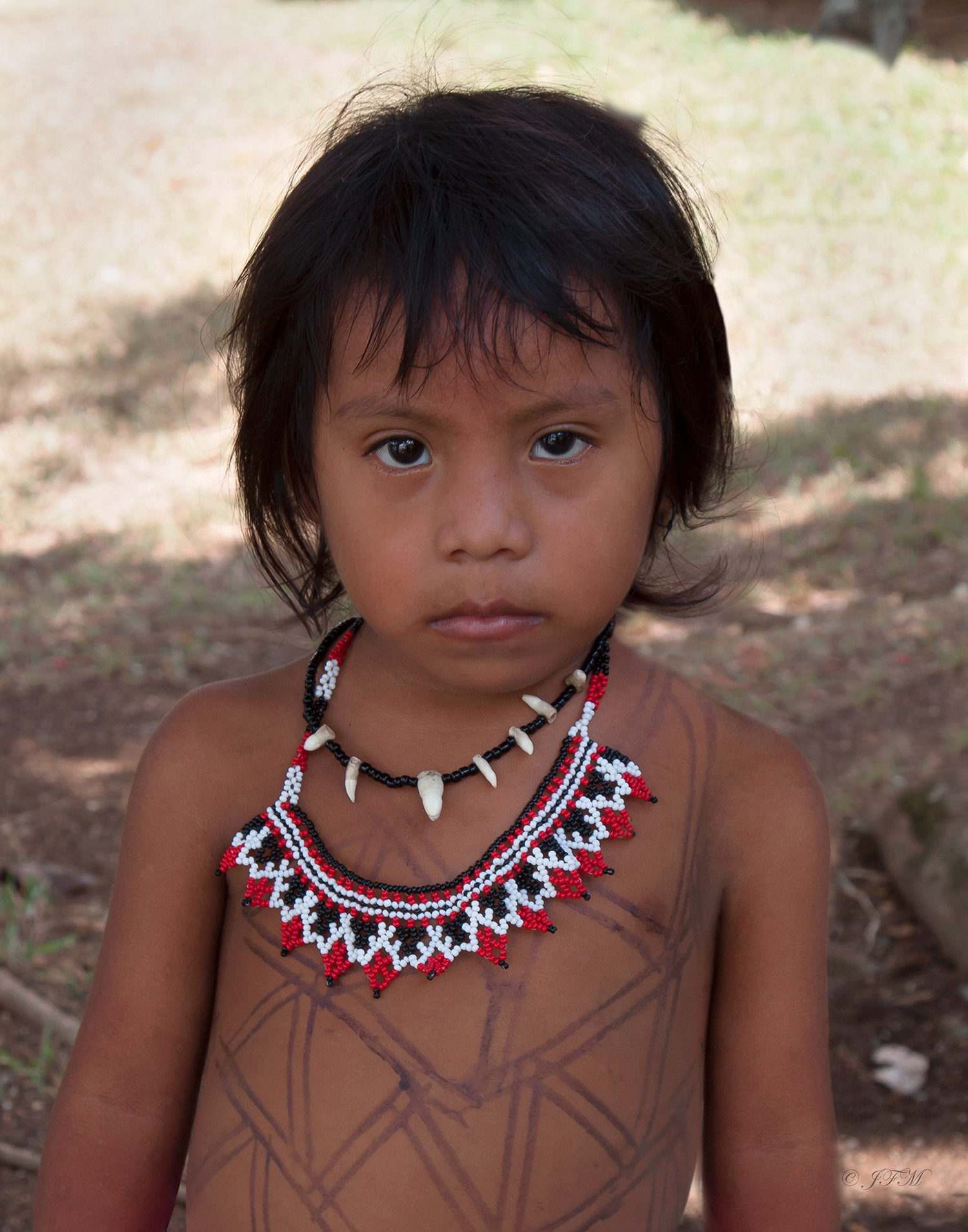
Harpy Eagle
Harpia harpyja - Harpy Eagle Panama's National Bird. "Cheyenne" is in captivity at EL Parque Summit, Panama. www.summitpanama.org. It is a Neotropical species of eagle that inhabits the tropical lowland rainforests in the upper canopy layer. It ranges from Mexico to Brazil and northern Argentina but it is now rare. It is a threatened species. It is the largest and most powerful raptor found in the Americas and among the largest extant species of eagles in the world.

Juvenile Wood Stork
The wood stork is a large American wading bird in the stork family Ciconiidae. It was formerly called the "wood ibis", though it is not an ibis. It is found in subtropical and tropical habitats in the Americas, including the Caribbean. In South America, it is resident, but in North America, it may disperse to as far as South America. Originally described by Carl Linnaeus in 1758, this stork likely evolved in tropical regions. The head and neck are bare of feathers and dark grey in color. The plumage is mostly white, with the exception of the tail and some of the wing feathers, which are black with a greenish-purplish sheen. The juvenile differs from the adult, with the former having a feathered head and a yellow bill, compared to the black adult bill. The sexes are similar.

Adult Wood Storks
The wood stork is a large American wading bird in the stork family Ciconiidae. It was formerly called the "wood ibis", though it is not an ibis. It is found in subtropical and tropical habitats in the Americas, including the Caribbean. In South America, it is resident, but in North America, it may disperse to as far as South America. Originally described by Carl Linnaeus in 1758, this stork likely evolved in tropical regions. The head and neck are bare of feathers and dark grey in color. The plumage is mostly white, with the exception of the tail and some of the wing feathers, which are black with a greenish-purplish sheen. The juvenile differs from the adult, with the former having a feathered head and a yellow bill, compared to the black adult bill. The sexes are similar.

Embera
Panama Canal central region - The Embera–Wounaan is a semi-nomadic indigenous people in Panama, living in the province of Darien at the shores of the Chucunaque, Sambu, Tuira Rivers and its water ways. The Embera-Wounaan were formerly and widely known by the name Chocó, and they speak the Embera and Wounaan languages, part of the Chocoan language family.
The Chocó, or Embera people live in small villages of 5 to 20 houses along the banks of the rivers throughout the Chucunaque/Tuira/Balsas River watersheds in the Darien Province of Panama. There are generally three villages on each tributary that branches off from the main river system. Each village is about a half day's walk apart. The villages are built on a small rise, set approximately 100 feet in from the river. The houses of the village are set about 20– 50 feet apart atop the rise on posts, with no walls, but tall thatched roofs. Around each village, the jungle is partly cleared and replaced by banana and plantain plantations, a commercial crop for the Embera, who sell them to get cash for their outboard motors, mosquito nets, and the like. The hills leading down to the river from the villages is usually hard packed reddish clay. There are sometimes large boulders being played on by naked children. Dugout canoes are usually seen pulled up on the riverbanks.

Sunrise Playa Blanca #1
Playa Blanca Resort white sand beaches on the Pacific Coast of Panama.

Playa de Blanco Sunset
Playa Blanco Panama on the Pacific Coast.

Panama Sunrise
Playa Blanca Resort white sand beaches on the Pacific Coast of Panama.
Panama






